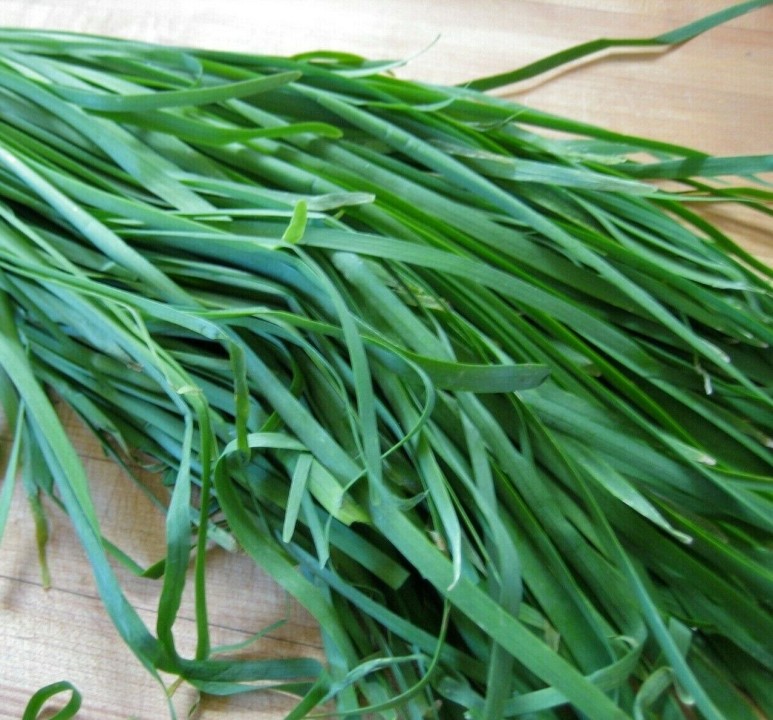
Jimbu Vs Chyapi
The "Jimbu versus Chyapi" concept refers to the comparison between two distinct herbs from Nepal —Jimbu being a well-known aromatic perennial herb native to the Himalayan region, and Chyapi, another herb mostly used in Newari kitchen to enhance flavour specially marination, also love to use in Momo stuffing if available.
Jimbu:
Jimbu, scientifically known as Allium hypsistum and Allium przewalskianum, is a perennial herb primarily found in Nepal's Upper Mustang region and Himalayan region . It holds immense significance in local cuisines and traditional medicine.
Jimbu, possessing a taste akin to a blend of onion and chives, is commonly utilized in dried form. Its dried leaves are fried in ghee, intensifying its flavor. It's extensively used in flavoring various dishes like vegetables, lentils, pickles, and meat. Additionally, it's valued for its reported medicinal properties, used to alleviate ailments like flu, cough, and stomach issues.
Harvested between June and September, Jimbu faces challenges such as plant degradation due to livestock grazing and reliance on adequate rainfall for growth. Its collection primarily involves physically capable individuals due to the remote and challenging terrains where it thrives.
Chyapi:
Chyapi is a herb used in Newari cuisine, particularly in Kathmandu, Nepal. It serves as a substitute for onion and garlic, providing a flavor profile reminiscent of wild garlic. In the absence of onion and garlic, Chyapi is used to impart a similar taste and aroma to dishes.
Newari cuisine, renowned for its unique flavors and spices, utilizes Chyapi as a key ingredient in various dishes. This herb, with its wild garlic-like characteristics, adds depth and a distinct taste to Newari recipes. Its use as a replacement for onion and garlic showcases its significance in creating traditional flavors within the cuisine, especially in areas where these ingredients might be scarce or unavailable.
Chyapi's resemblance to wild garlic contributes to its popularity in Kathmandu's culinary landscape, where it fills the role of both onion and garlic, ensuring the dishes maintain their desired taste profiles. Its ability to replicate flavors akin to onion and garlic makes it an essential element in Newari kitchens, enriching the culinary experience by offering a unique taste reminiscent of wild garlic.
The "Jimbu versus Chyapi" comparison highlights the significance of Jimbu as a unique and valued herb in the Himalayan region and how Chyapi serves as a substitute, albeit not replicating Jimbu's distinct characteristics entirely. This comparison emphasizes the value of Jimbu and the challenges associated with finding adequate alternatives when it's not readily available.